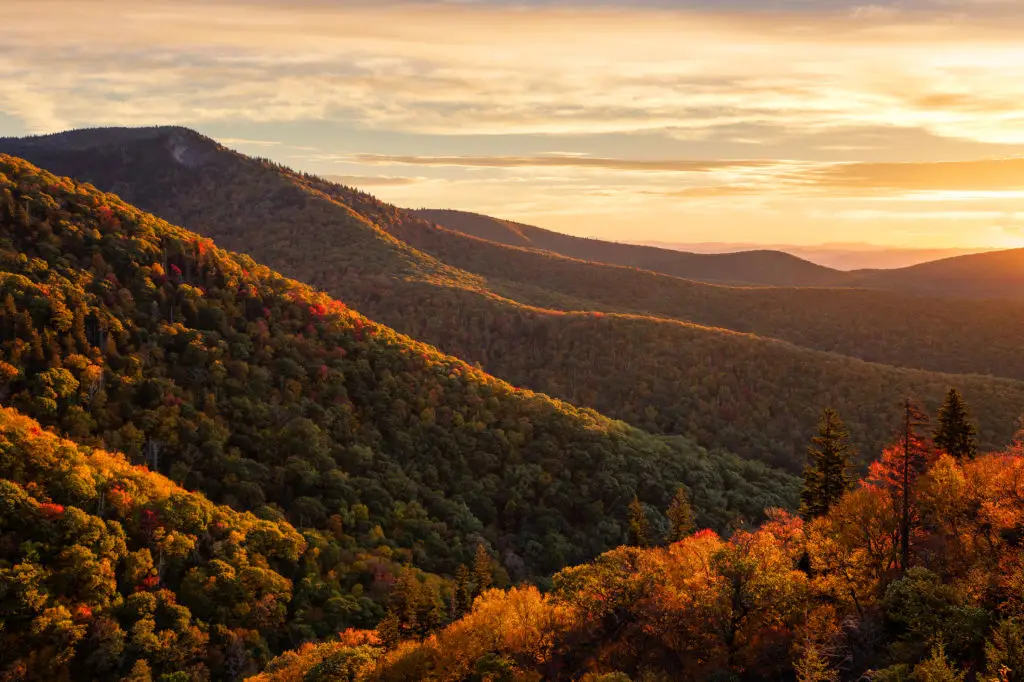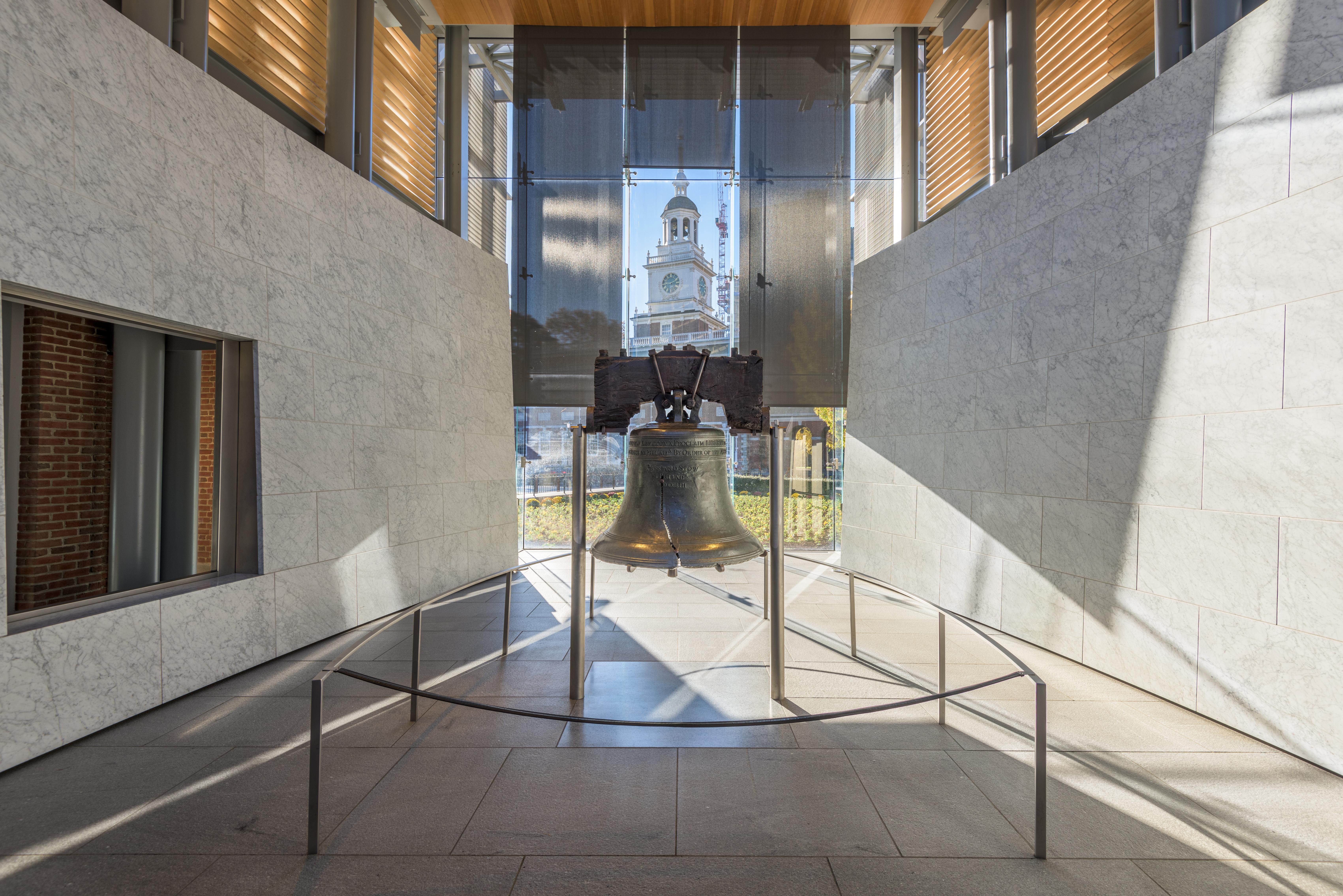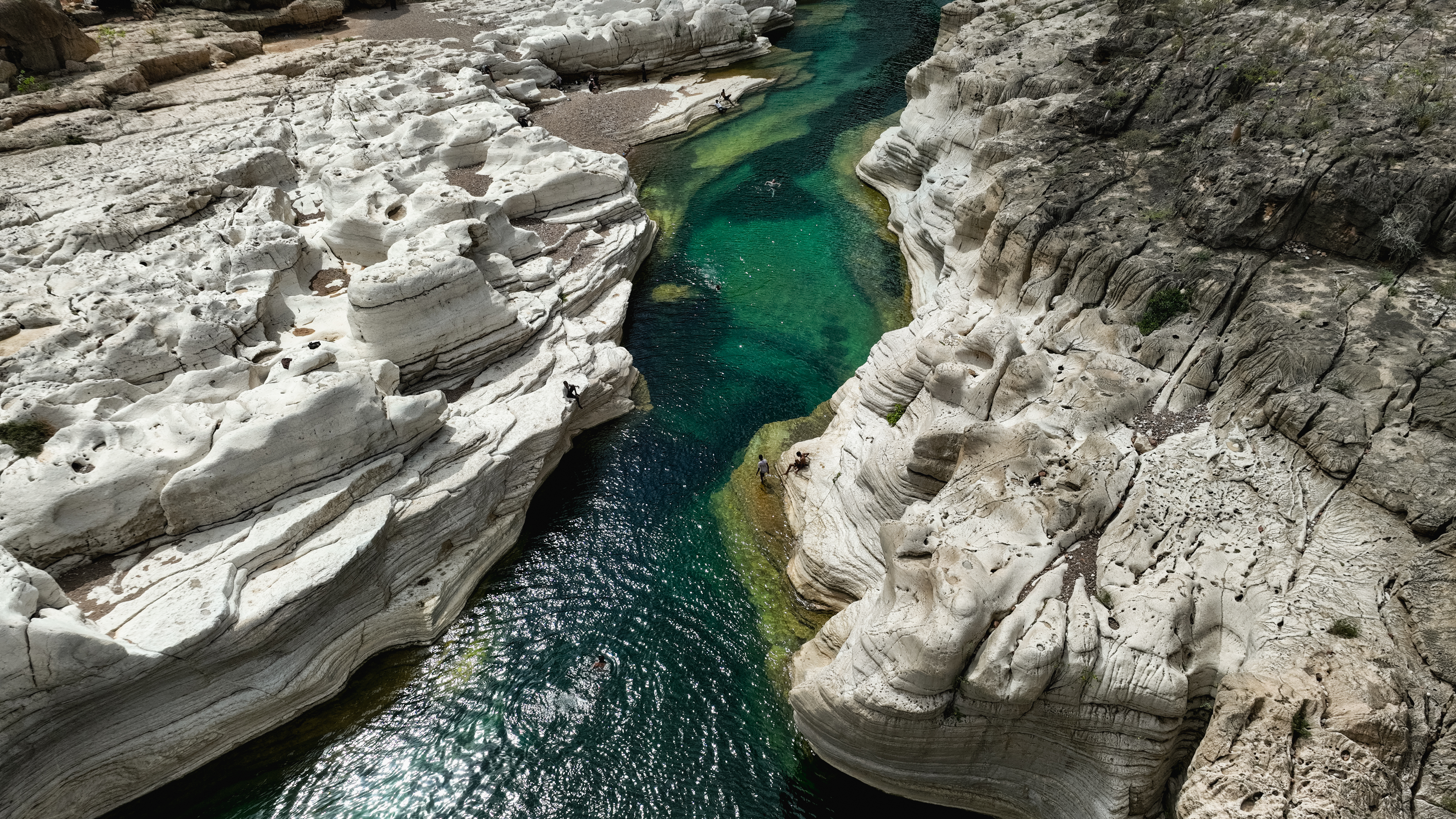The 7 Most Impressive Impact Craters On Earth
Our planet bears witness to a violent cosmic past, etched into its surface by colossal collisions with asteroids and comets. These ancient encounters have sculpted breathtaking and often scientifically invaluable impact craters, offering us glimpses into Earth's tumultuous history and the sheer power of celestial forces. While many have been eroded by time or hidden beneath oceans and ice, some remain as stark, awe-inspiring reminders of these extraterrestrial bombardments. From the dinosaur-killer to perfectly preserved desert bowls, journey with us to explore seven of the most impressive impact craters that tell a story of destruction, transformation, and the enduring drama of our solar system.
1. Chicxulub Crater, Yucatán Peninsula, Mexico: The Dinosaur Demise
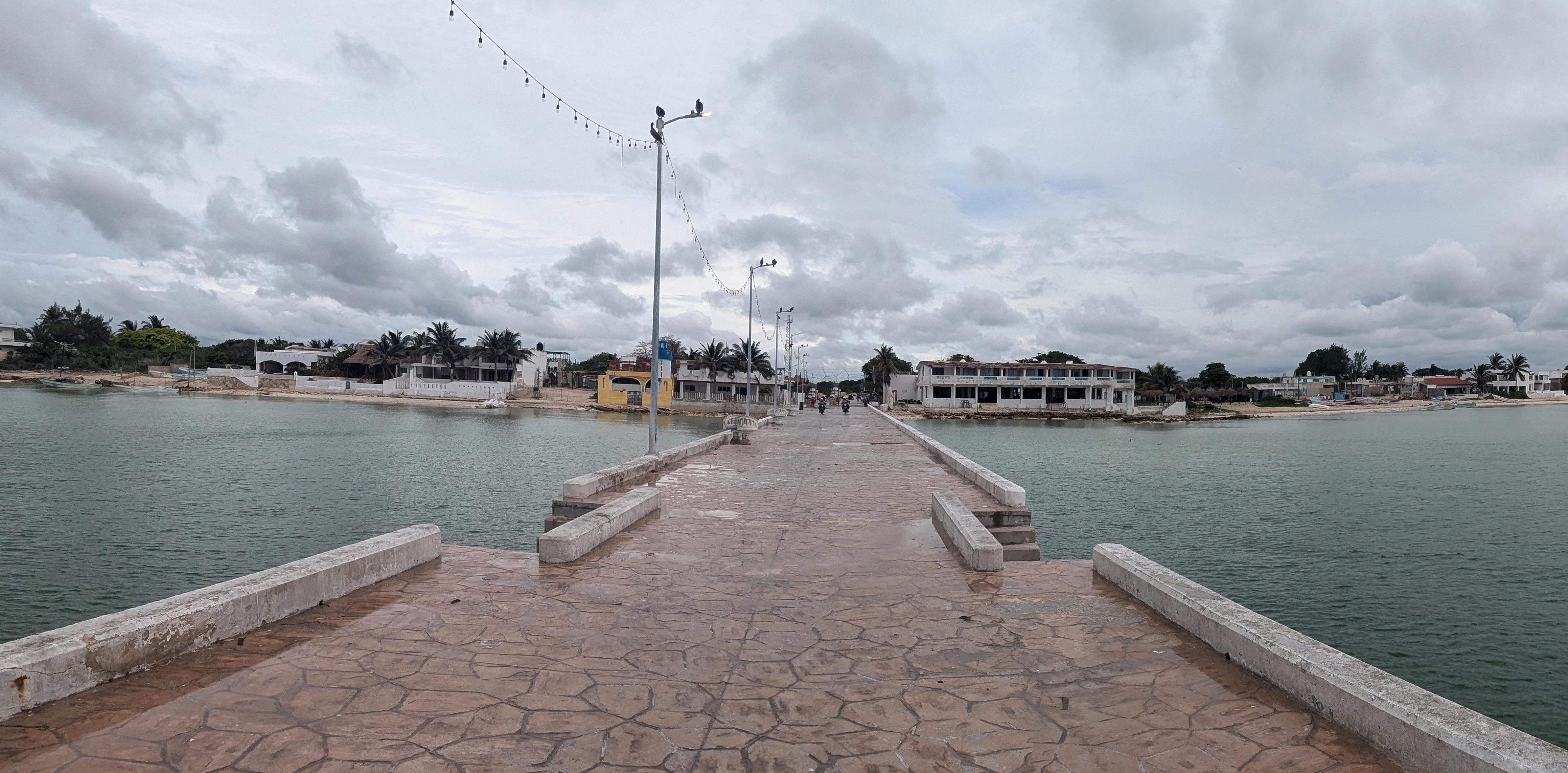
Largely hidden beneath the Yucatán Peninsula and the Gulf of Mexico, the Chicxulub Crater is arguably the most infamous impact site on Earth. Formed approximately 66 million years ago by an asteroid estimated to be 10 kilometers (6 miles) wide, this colossal scar, roughly 180 kilometers (110 miles) in diameter, is directly linked to the Cretaceous-Paleogene extinction event, which wiped out about 75% of all plant and animal species, including the non-avian dinosaurs. While not easily visible as a traditional crater, its presence is revealed through a ring of cenotes (sinkholes) on the peninsula and extensive geological research, making it profoundly impressive for its cataclysmic impact on life itself.
2. Vredefort Crater, South Africa: Earth's Largest Verified Impact Scar
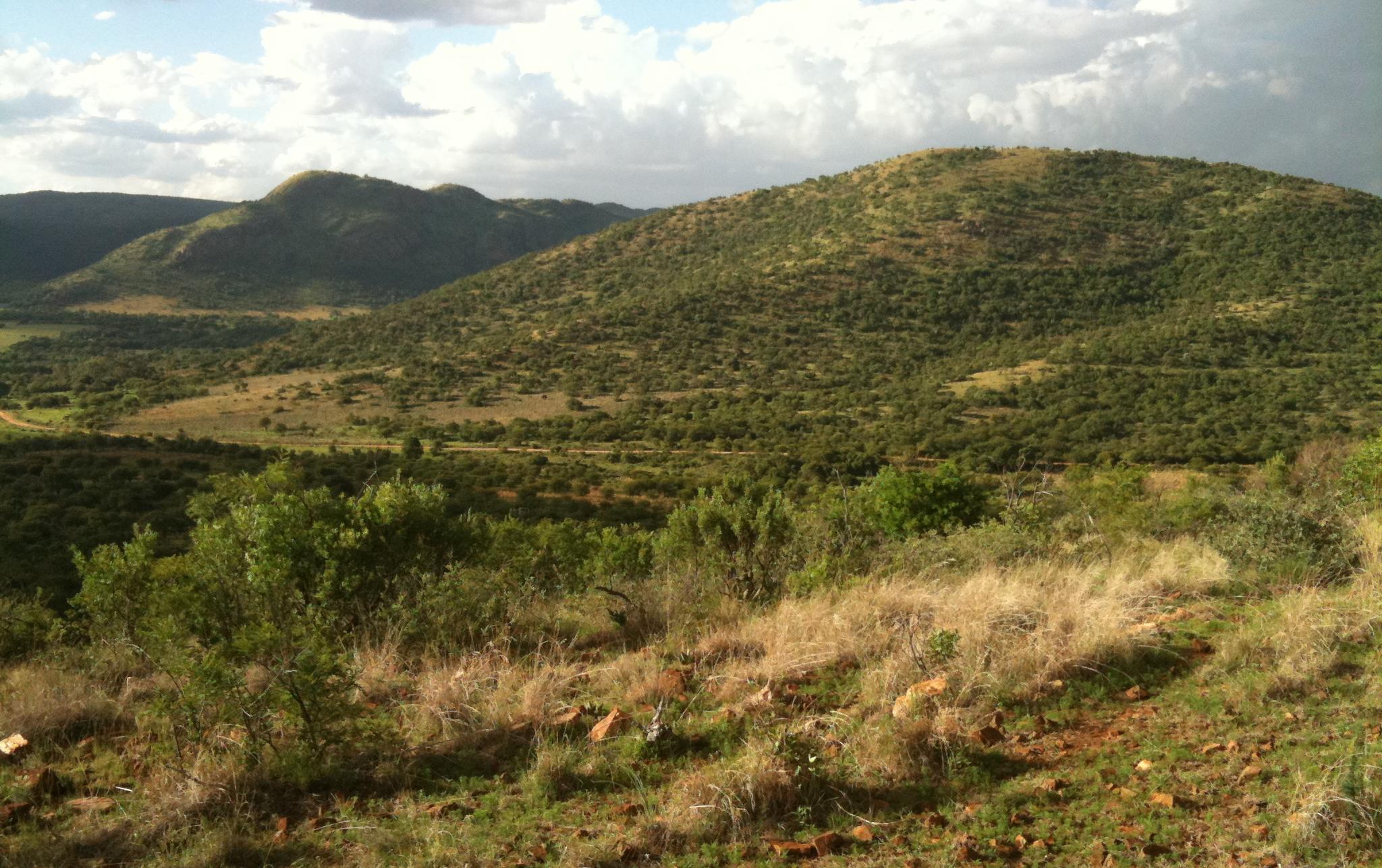
Holding the title of the largest verified impact structure on Earth, the Vredefort Crater in South Africa was originally estimated to be up to 300 kilometers (186 miles) across. Formed over 2 billion years ago by an asteroid thought to be 10-15 kilometers (6-9 miles) wide, what remains visible today is the "Vredefort Dome," a complex multi-ringed structure of uplifted rock about 70 kilometers (43 miles) in diameter, a deeply eroded remnant of the crater's central peak. This UNESCO World Heritage site offers a unique geological window into the deep levels of Earth's crust, profoundly altered by an unimaginable impact.
3. Meteor Crater (Barringer Crater), Arizona, USA: The Quintessential Impact Bowl
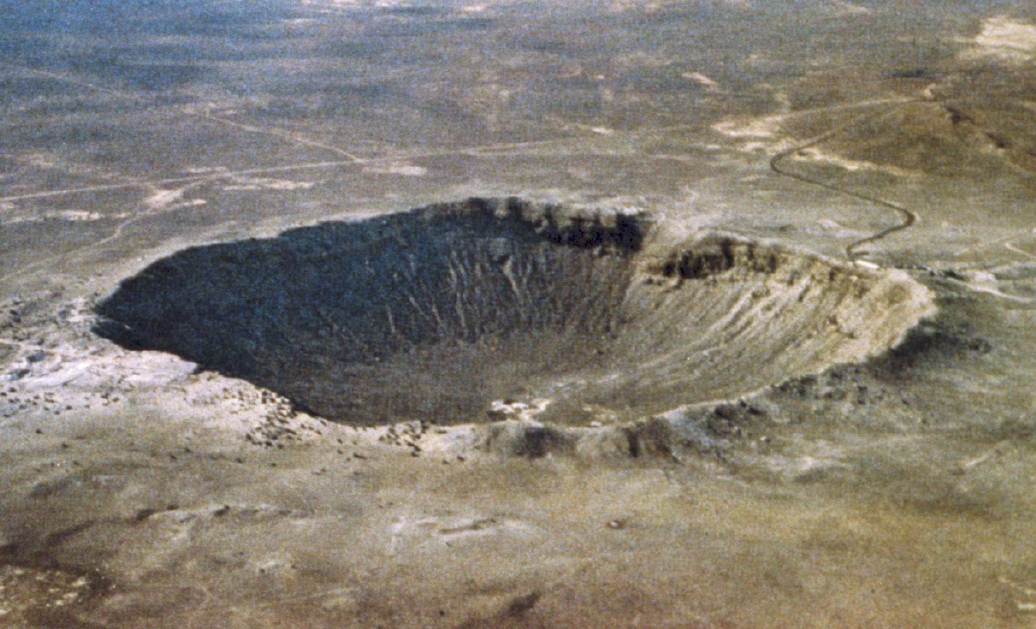
Perhaps the most visually iconic and best-preserved impact crater on Earth, Meteor Crater (also known as Barringer Crater) near Winslow, Arizona, is a stunning testament to a relatively recent cosmic collision. Formed around 50,000 years ago by an iron meteorite about 50 meters (160 feet) across, this nearly mile-wide and 550-foot-deep bowl is a breathtaking sight. Its arid environment has kept its features remarkably intact. Privately owned, it has a visitor center on the rim, allowing people to grasp the immense power of the impact and see firsthand the dramatic result of an object from space striking our planet.
4. Manicouagan Crater, Quebec, Canada: The Eye of Quebec
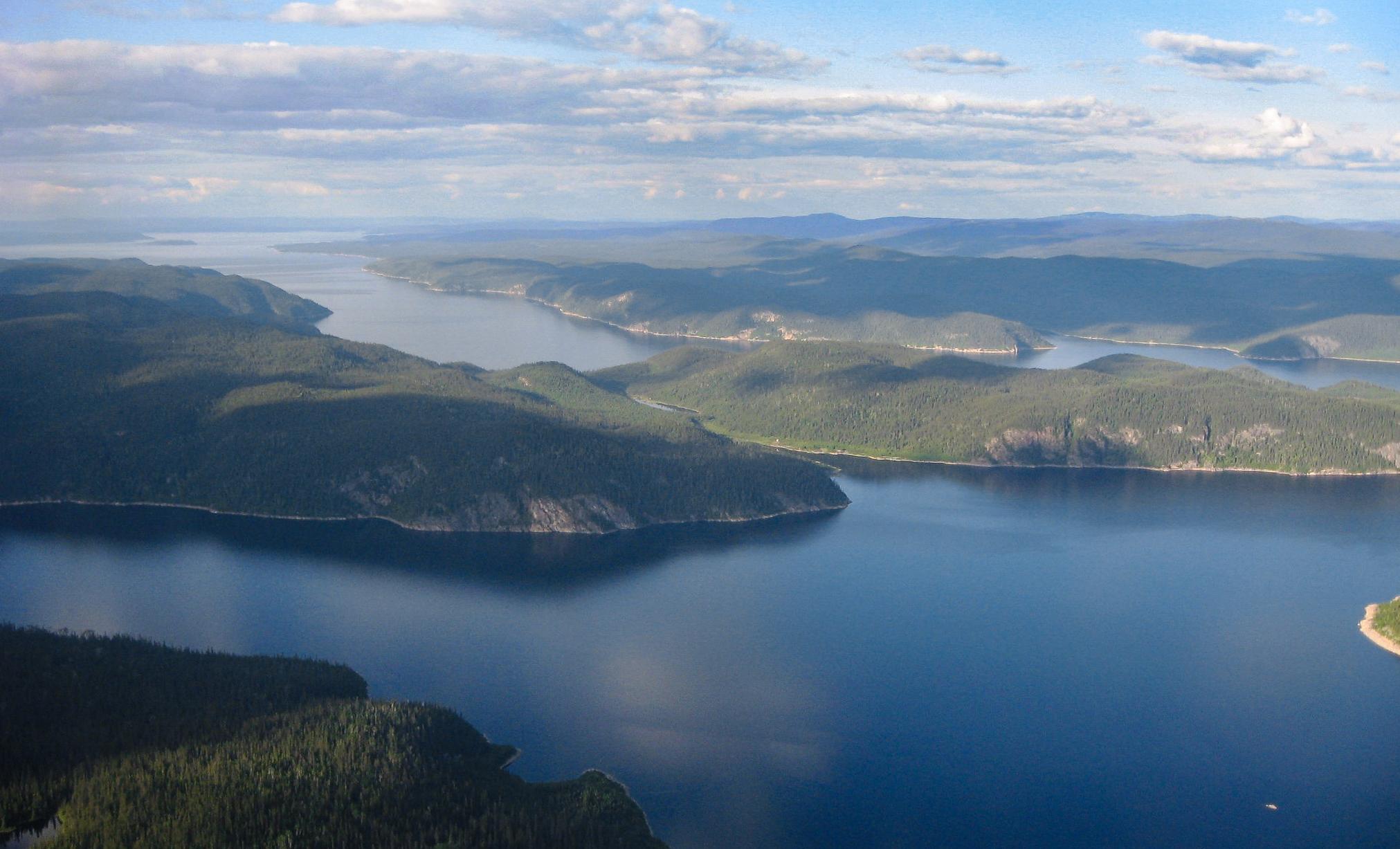
Easily recognizable from space, the Manicouagan Crater in Quebec, Canada, is famous for its striking annular lake, often called the "Eye of Quebec." Formed by an impact approximately 214 million years ago, the original crater is estimated to have been about 100 kilometers (62 miles) in diameter. The present-day 70-kilometer (44-mile) diameter Manicouagan Reservoir fills the eroded inner ring of the impact structure. The central uplift area, René-Levasseur Island, sits within the ring-shaped lake, creating its distinctive eye-like appearance. Its sheer scale and unique visual make it one of Earth's most impressive and beautiful impact scars.
5. Wolfe Creek Crater, Western Australia: Desert Sentinel
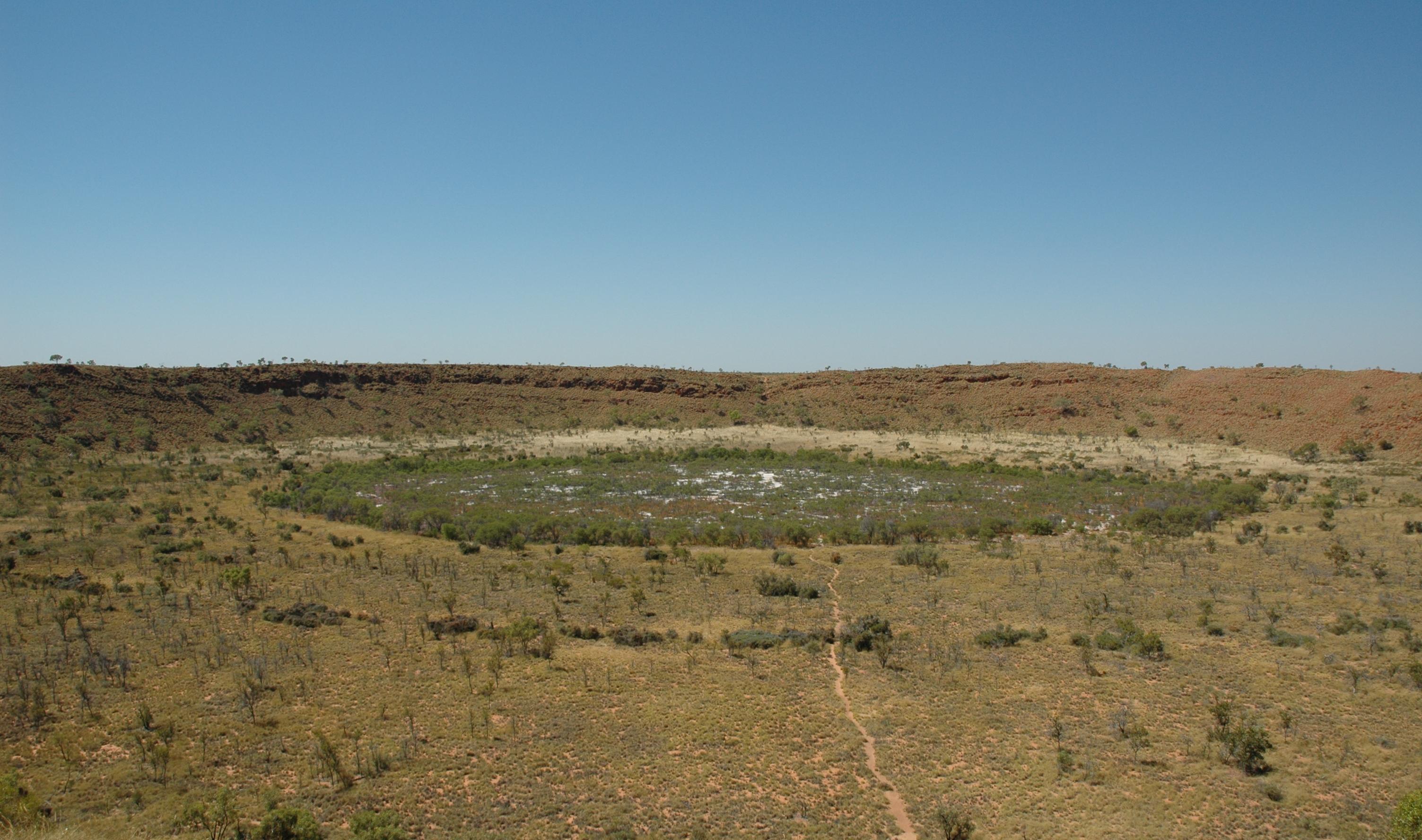
Located in the remote Kimberley region of Western Australia, Wolfe Creek Crater is a remarkably well-preserved simple impact crater. Estimated to be around 120,000 years old, it measures about 880 meters (0.55 miles) in diameter, with a distinct raised rim standing some 25 meters (82 feet) above the surrounding flat desert plain. The crater floor is about 55 meters (180 feet) below the rim. Its dramatic appearance in the arid landscape and the presence of iron meteorite fragments around it make it a significant and visually striking site for both scientists and visitors to the Wolfe Creek Meteorite Crater National Park.
6. Nördlinger Ries (Ries Crater), Germany: The Populated Crater
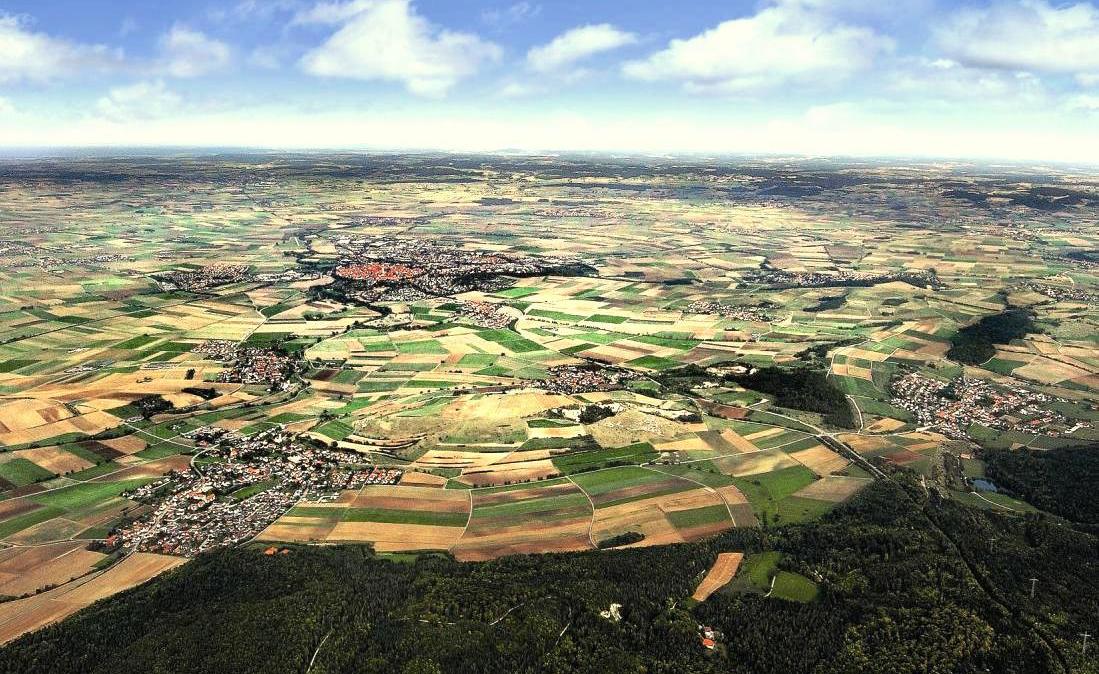
The Nördlinger Ries in Bavaria, Germany, is a large impact crater, about 24 kilometers (15 miles) in diameter, formed around 14.8 million years ago. What makes it particularly fascinating is that several towns, including Nördlingen, are built directly within the crater depression. For centuries, its origin was debated, with many believing it to be volcanic. However, the discovery of shocked quartz (coesite and stishovite) in the 1960s confirmed its impact origin. The St. George's Church in Nördlingen is famously built from suevite, an impact breccia containing these shocked minerals and even tiny diamonds created by the impact.
7. Sudbury Basin, Ontario, Canada: A Wealth of Impact
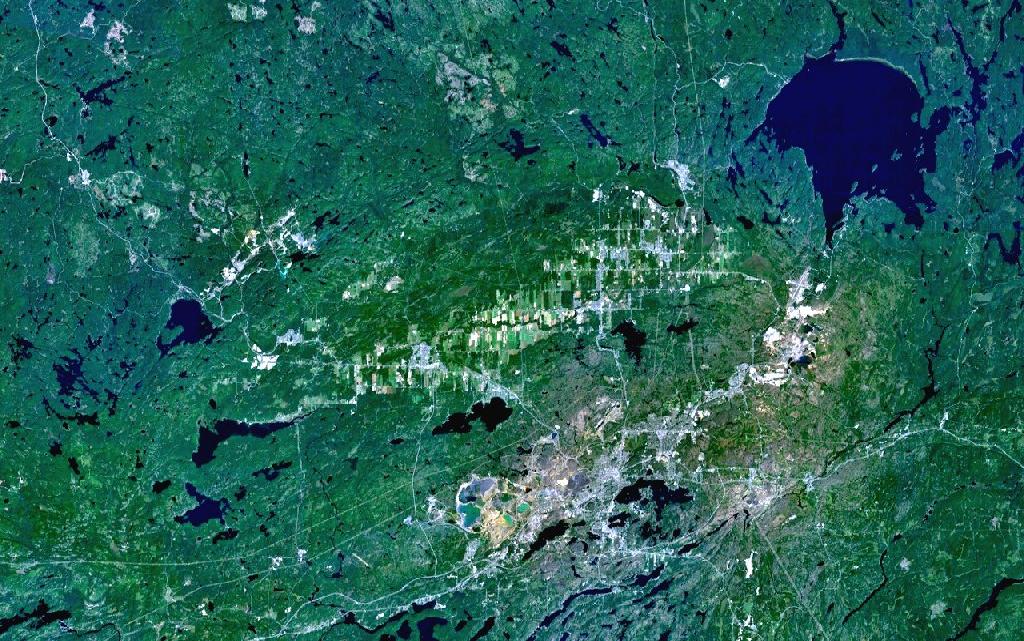
The Sudbury Basin in Ontario, Canada, is one of the oldest and largest known impact structures on Earth, formed about 1.85 billion years ago by a bolide estimated to be 10-15 kilometers (6-9 miles) in diameter. The original crater is thought to have been over 200 kilometers (120 miles) across. While significantly deformed and eroded over geological time, the remaining structure is immensely important, not just geologically, but economically. The impact event is linked to the formation of vast nickel and copper ore deposits, making the Sudbury area one of the world's leading mining regions.
These seven craters, each with its own dramatic story and unique characteristics, offer profound insights into the dynamic and sometimes violent interplay between Earth and the cosmos. From the world-altering Chicxulub event to the stark beauty of well-preserved bowls like Meteor Crater, these terrestrial scars remind us of the immense energies that shape planets and the ongoing cosmic processes that continue to influence our world. Exploring them, whether in person or through the lens of science, connects us to a deeper understanding of Earth's history and our place within a vast and active universe.

